

Short Sunderland III
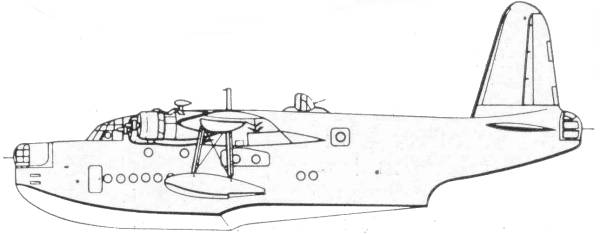
The Sunderland was designed to meet Air Ministry Specification R.2/33 which called for a four engined monoplane flying boat to succeed the long line of biplane types that had served the RAF in the coastal patrol and long range reconnaissance roles for nearly two decades. Short's model S.25 was based on but not a derivative of the C-Class "Empire" Flying Boat airliner. The Sunderland was notable for being the first flying boat to be equipped with power operated bow and tail turrets. The Sunderland competed with the Saunders Roe Saro A.33 which suffered a structural failure as a result of porpoising during taxi tests and effectively eliminated itself from the competition. The RAF's decision to use a powered four gun turret in the tail required some basic changes to the design to accommodated the shift in the center of gravity. This included giving the wings a slight sweep back which resulted in the engines and wing floats to have a slight outward cant.
The prototype made its first flight in October of 1937. One interesting feature of the bow turret was that it retracted back into the fuselage to allow space for a crewman to supervise the mooring process. The Sunderland's offensive armament consisted of four 500 lb. bombs or eight 250 lb. bombs carried internally, they were winched out on tracks from the fuselage to a position under the inner wings for deployment. Defensive armament consisted of a Frasier Nash two gun turret in the bow with .303 in. guns, a four gun Frasier Nash four gun turret in the tail with .303 caliber guns and two .303 in. guns firing from two beam positions in the upper hull. It was powered by four Pegasus XXII engines offering 1,010 h.p. for takeoff and 890 h.p at 6,500 feet. Seventy-five Sunderland I's were built which were followed by fifty-eight II's. The II first flew in August of 1941 and differed in having Pegasus XVIII engines rated at 1,050 h.p. for take off and a maximum output of 1,065 h.p. at 1,250 feet. Late production Mk. II's had the beam guns replaced by a power operated dorsal turret with two .303 in. guns. The Sunderland III standardized on the dorsal turret and used the same engines as the Mk. II. It flew in prototype form in in June of 1942. Four-hundred and seven of the Mk. III's had been built by the end of 1943 when production was shifted to the last variant the Mk. V. The Mk. V had four .303 in guns mounted in the forward fuselage and fired by the pilot for use in clearing the decks of U-boats during attack runs. The Mk. V was the first model to switch from the Pegasus engines to R-1830 Twin Wasps of 1,200 h.p. Some Mk. V's had their dorsal turrets replaced by two manually operated 50 caliber guns beam guns. 143 Mk. V's were built bringing the total to 721 of all types.
Sunderland's were given the nickname of "Flying Porcupine" by the Germans and it on more than one occasion proved it could hold its own during attacks by a variety of German aircraft from fighters to the Fw 200 Condor and proved to be a valuable weapon during the battle of the Atlantic.
The Kit
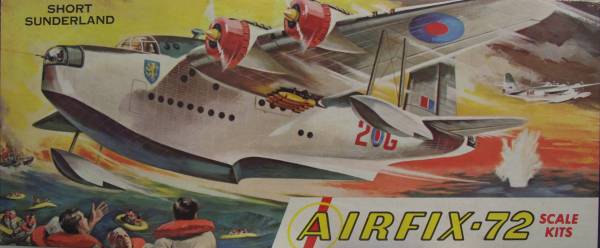
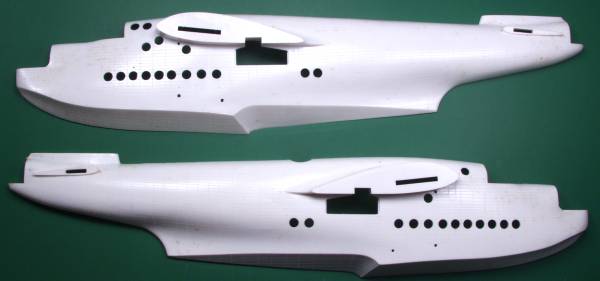
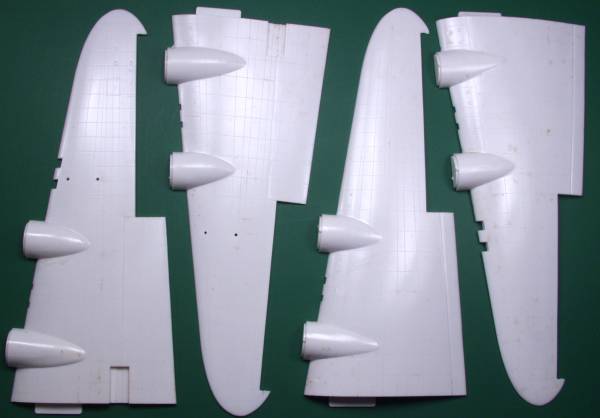
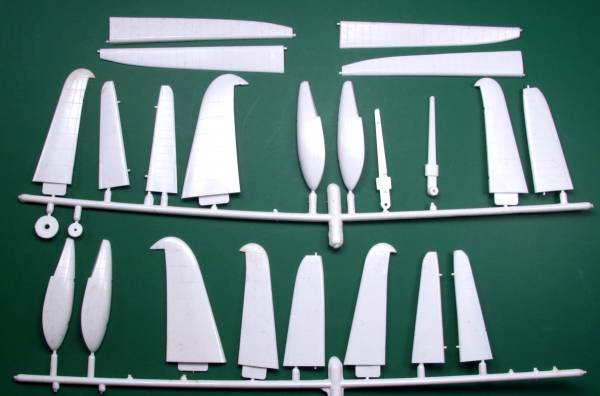
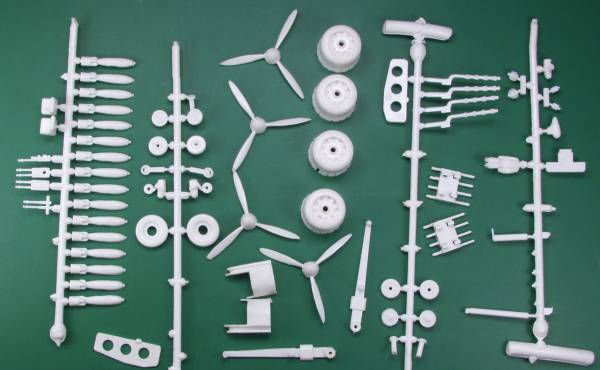
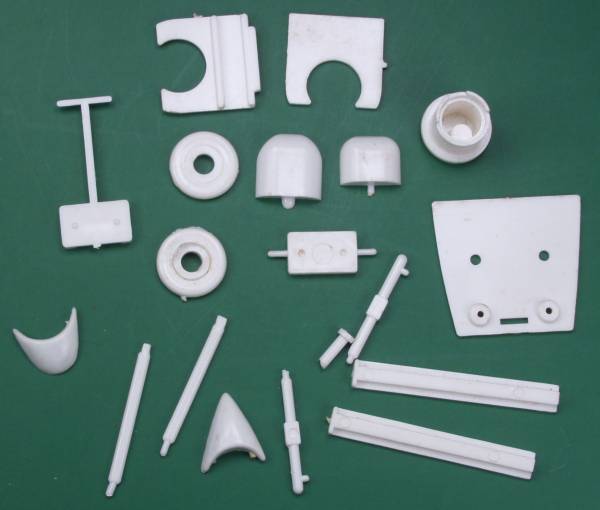
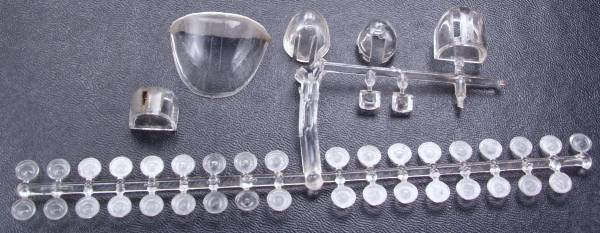
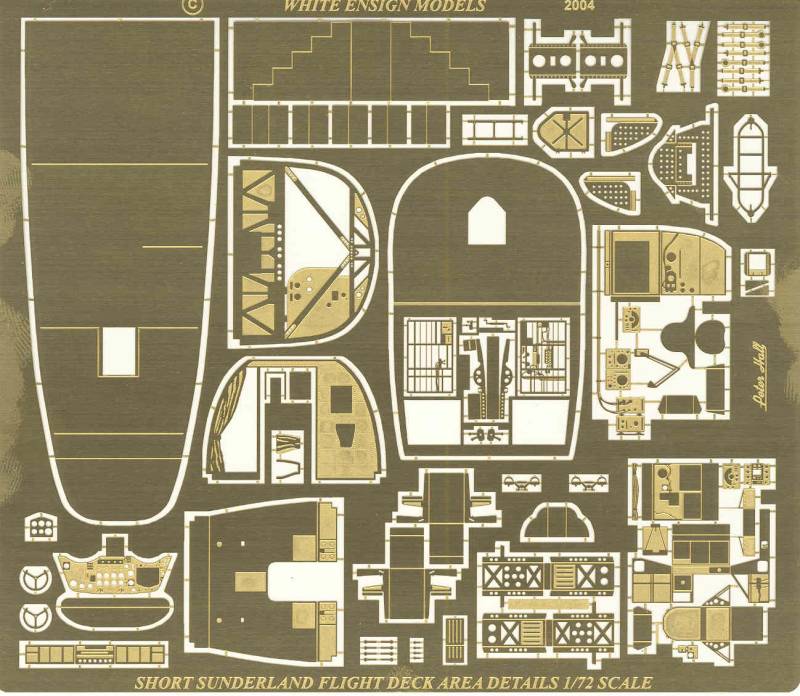
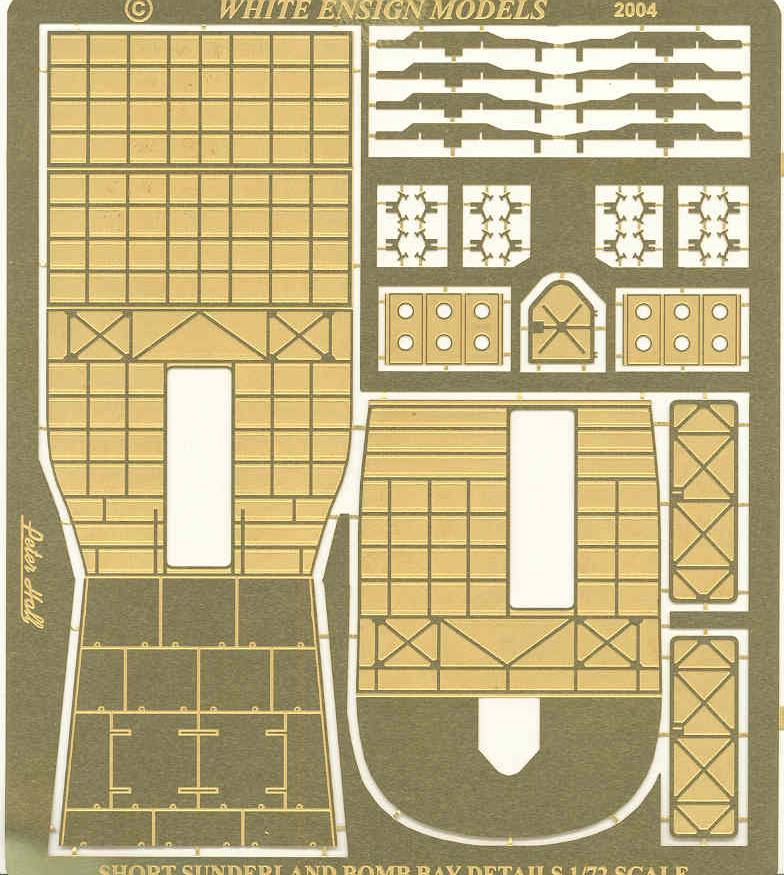
Links to kit build or reviews
References
Updated 5/10/08